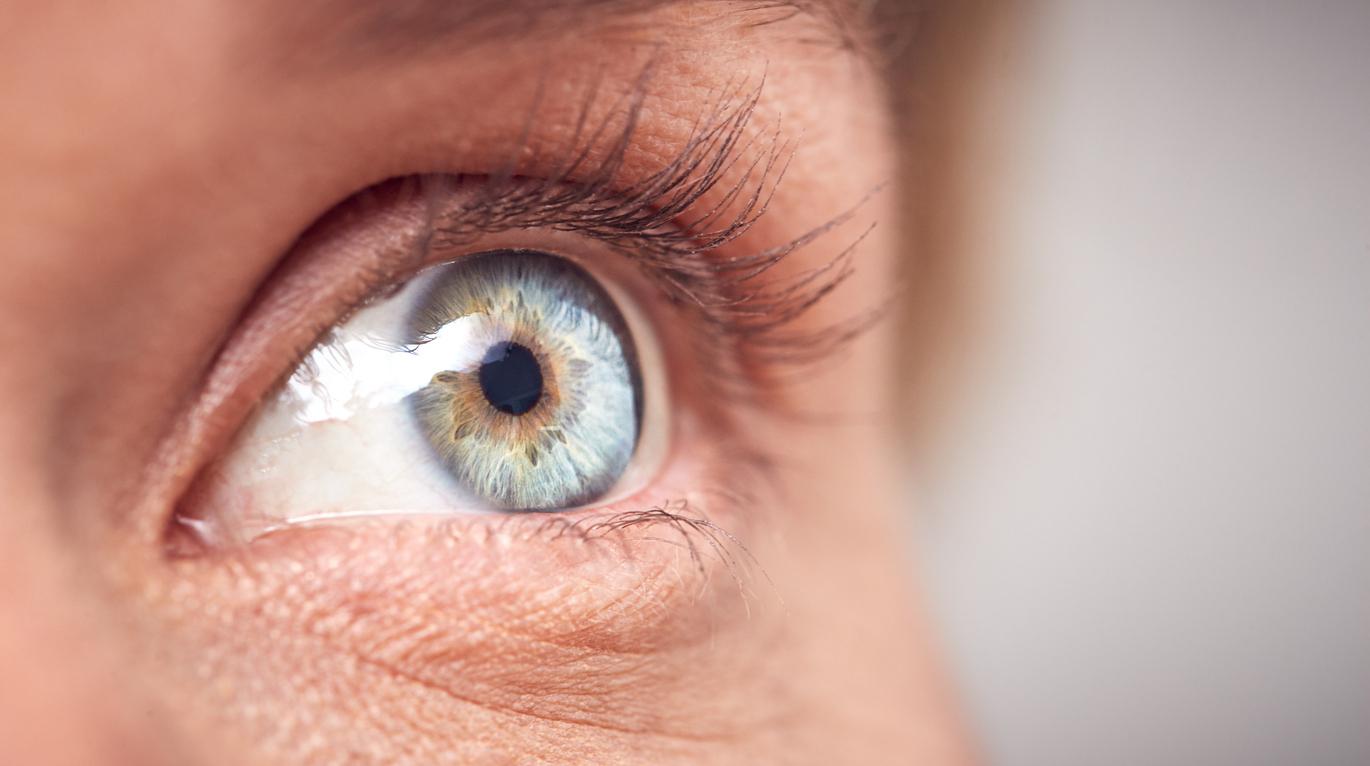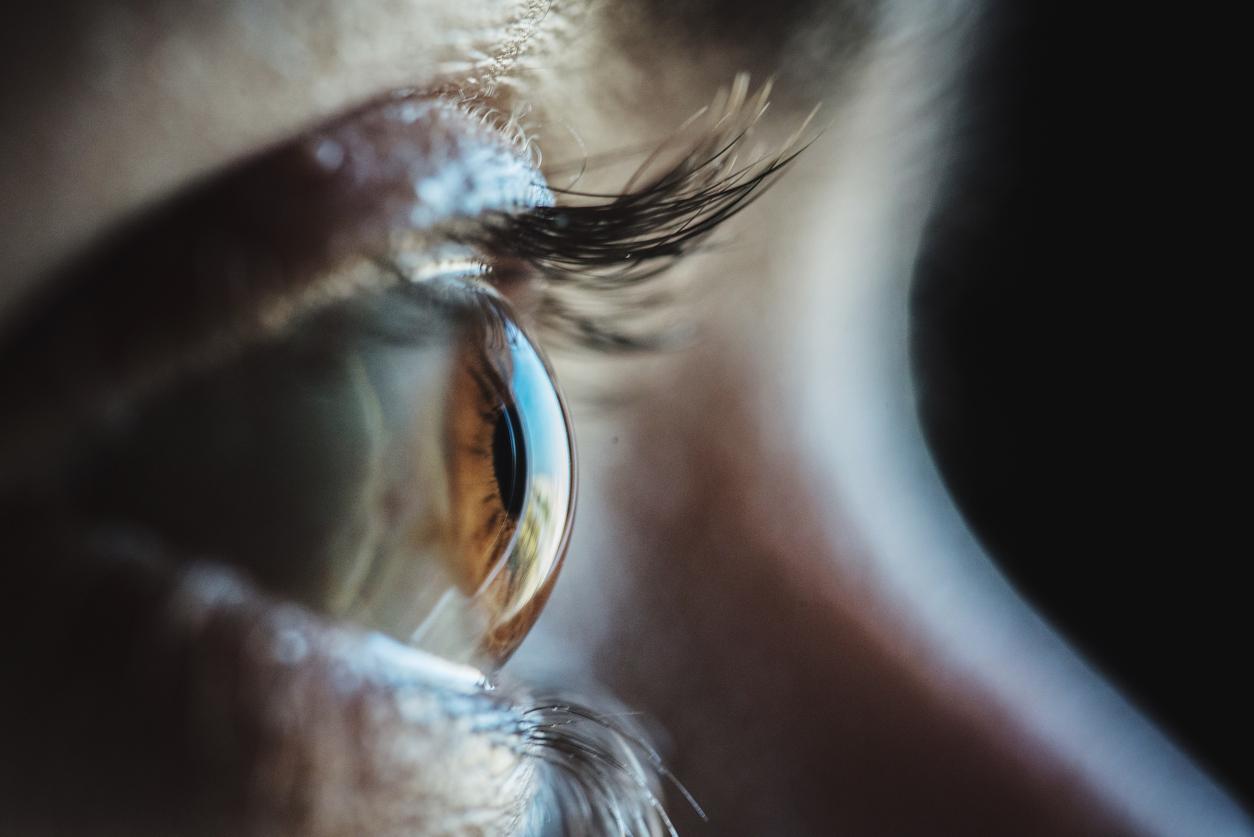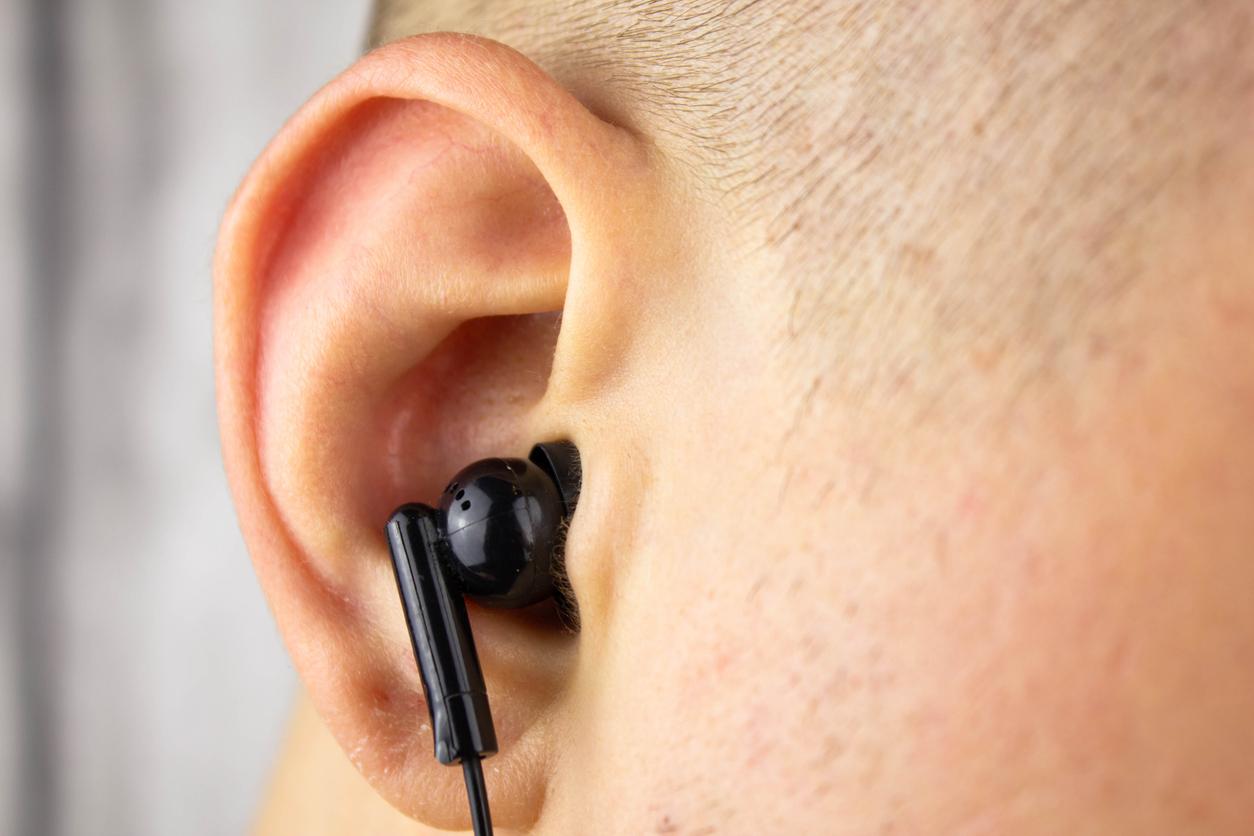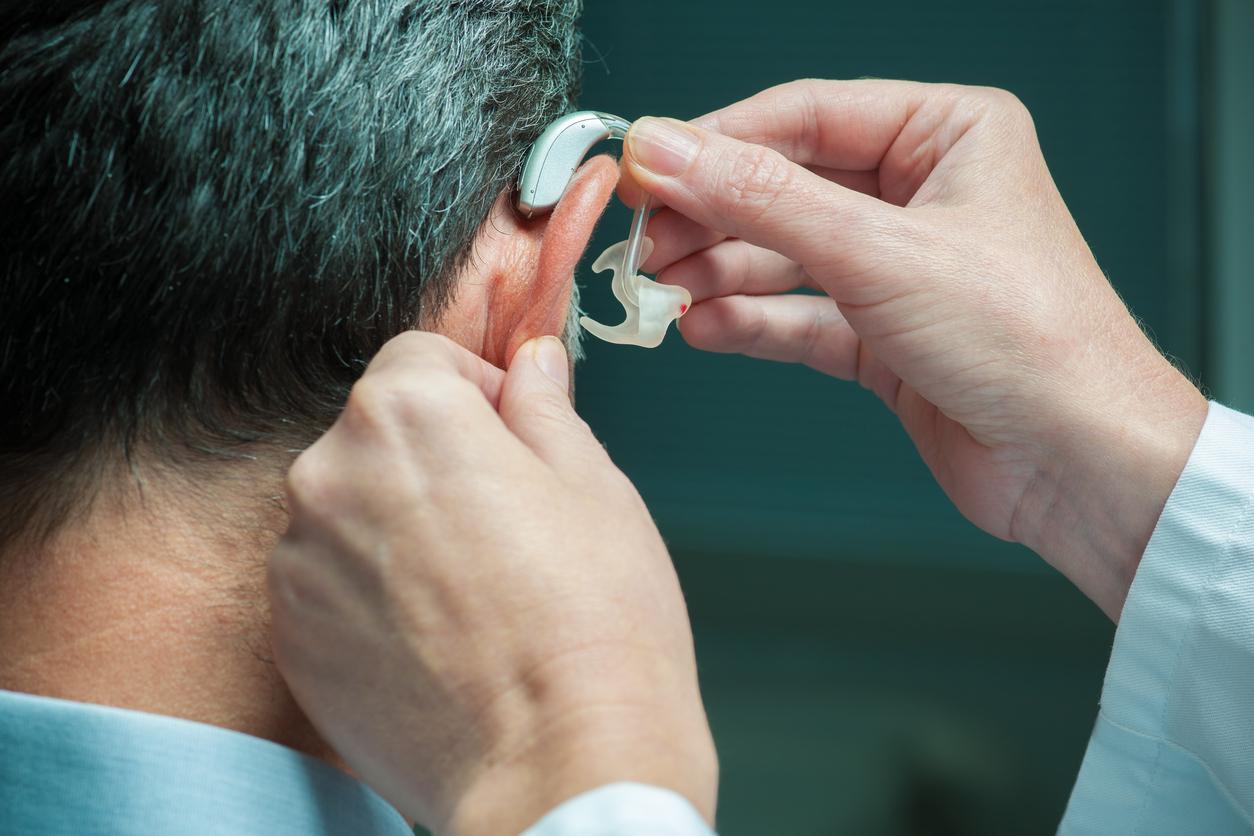Researchers have found that fitting glasses with special filters allows people with color blindness to distinguish colors and that these effects last once the lenses are removed. Explanations.

- Special glasses allow color-blind people to distinguish between green and red
- The effects of these glasses last once the glasses are removed
- 350 million people suffer from color blindness worldwide
The Color perception deficiency, more commonly known as “color blindness”, is a vision disorder characterized by difficulty in differentiating between colors or tints.
A new study conducted jointly by the UC Davis Eye Center and Inserm demonstrated the effectiveness of glasses designed using technically advanced spectral filters to increase the separation between color channels and enable people with a green and red color perception deficiency (abnormal trichromatism) to distinguish between them. Their results were published in the journal Current Biology.
Lasting benefits
Volunteers with this vision disorder wore these special filter glasses for two weeks and others wore placebo glasses. Their sight was tested on the 2nd and 4th days of the experiment, then on the 11th without. “Prolonged use of these glasses stimulates color response in people with abnormal trichromatism,” confirmed John S. Werner, professor of ophthalmology and chief of the department of vision at UC Davis Health.
One of the most surprising elements of this study is the duration of the effects of these glasses. “We found that prolonged use over two weeks not only led to an increase in color contrast response, but more importantly, that this improvement persisted when people were tested without the filters, demonstrating an adaptive visual response. “.
Researchers don’t yet know how long the benefits of these glasses last after they are removed, but the fact that they last is already an extraordinary discovery. “When I wear glasses outside, all the colors are extremely vibrant and saturated, and when I look at the trees, I can clearly see that each tree has a slightly different shade of green compared to the others, rejoiced Alex Zbylut, one of the study participants. I didn’t know the world was so colorful and I think these glasses can help color blind people better navigate colors and appreciate the world.”
Are you color blind?
It is estimated that about 4% of the French population suffer from color blindness, of which only 0.5% are women. Worldwide, this vision disorder affects 350 million people. Most of them confuse the colors, often green and red, but others do not distinguish them at all. In 1917, Dr. Shinobu Ishihara developed thee Ishihara color perception test which allows you to know if you are color blind. Through the evaluation of several colored images, this test will tell you if you have normal vision, protanopia (red color blindness), protanomaly (mild red color blindness), deuteranopia (green color blindness) or deuteranomaly (mild green color blindness) .
.
















